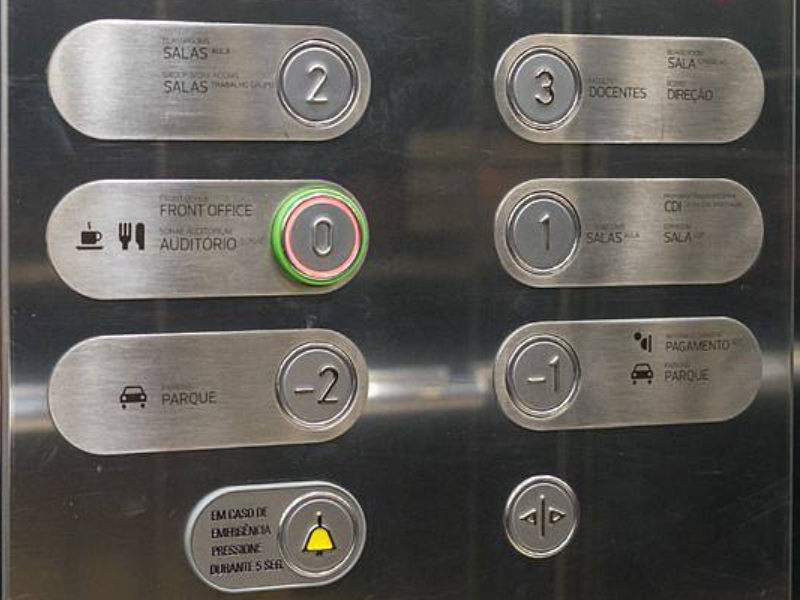Lifts, also commonly known as elevators, are marvels of modern engineering, revolutionizing vertical transportation in buildings and structures across the globe. Behind the smooth ascent and descent of these devices lies a complex system of components, including crucial batteries that power them during unexpected outages. Understanding the voltage requirements of lift battery is essential for ensuring their optimal functionality, safety, and efficiency.
Voltage is a fundamental aspect of any electrical system, and lift batteries are no exception. The voltage of a lift battery is typically determined by the specific requirements of the lift system it powers. While there isn’t a universal voltage standard for all lift batteries, they commonly operate within a range of voltages that suit the motor and control systems of the elevator.
Most modern lift systems utilize direct current (DC) for their batteries, with voltages typically ranging from 24 volts to 192 volts or more, depending on the design and capacity of the lift. The voltage required for a lift battery is contingent upon various factors, including the lift’s size, weight capacity, speed, and the technical specifications of the motor and control systems.
The battery’s voltage directly influences the lift’s performance. Higher voltages often allow for increased power output, enabling the elevator to handle heavier loads or travel at faster speeds. Conversely, lower voltages might limit these capabilities. However, the design and engineering of the lift system consider not only voltage but also current, power efficiency, and safety mechanisms to ensure smooth and secure operation.
Safety is paramount in lift systems, and batteries play a crucial role in maintaining this aspect. Emergency situations such as power failures necessitate a reliable power source to bring the lift to a safe stop and allow passengers to exit without harm. Therefore, lift batteries must meet stringent safety standards and be capable of providing uninterrupted power to the essential systems during emergencies.
Moreover, the voltage of a lift battery must align with the overall electrical infrastructure of the building or structure housing the lift. Compatibility with the building’s power supply is crucial to ensure seamless integration and functionality.
Advancements in battery technology, including the emergence of more efficient and high-capacity batteries, have also impacted the voltage requirements of lift systems. Lithium-ion batteries, for instance, have gained popularity due to their high energy density and longer lifespan compared to traditional lead-acid batteries. These newer battery technologies might operate at different voltages but offer improved efficiency and reliability.
Routine maintenance and monitoring of lift batteries are imperative to ensure their longevity and optimal performance. Regular checks on voltage levels, along with other factors such as temperature and charge-discharge cycles, help in identifying any potential issues before they escalate, ensuring the safety and reliability of the lift system.
In conclusion, the voltage of a lift battery is a critical factor in ensuring the safe and efficient operation of lift systems. Understanding the specific voltage requirements, along with other technical considerations, helps in selecting, installing, and maintaining the appropriate batteries. With the evolution of technology, advancements in battery capabilities continue to shape the landscape of lift systems, promising better efficiency, reliability, and safety for vertical transportation.


